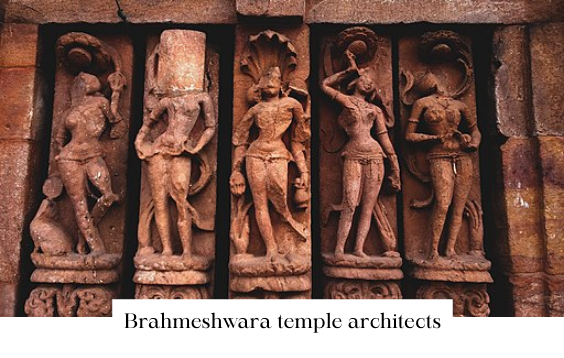Pictures
Paramanu Sarkar, CC BY-SA 4.0
Ssriram mt, CC BY-SA 4.0
Like other dynasties of this period, the Somavamsi had a monarchy with absolute powers entrusted with the king, whose position was generally hereditary. Yet, we have information on when kings were chosen by ministers and vassals. Moreover, the Somavamsi kings assumed lofty titles indicating the sovereign character of their rule, such as Maharjadhiraja, Paramamahesvara, Paramabhattaraka, Paramesvara, Koslanedra, Trikalingadhipati, etc.
The term Mantri in the records of the Somavanshi rulers indicates that ministers were regularly employed by the rulers in their administration system. We have information on Mantitilaka and Mahasandhivigrahin, who were chief minister and a minister of war and peace, respectively, as the inscriptions tell us. Mahasandhivigrahin was also responsible for copper plates.
The central Administration of the Somavamsi had several officers though we don’t have enough information on their duties and responsibilities. Kumara or Kumaradhiraja were entrusted with the administration of provinces. The chief officer or Mahakshapatalika kept the accounts. The king’s court had a priest or Rajaguru, a valuable officer. The responsibility of executing royal charters and their transmission to local level officers was with the Dutaka.

The Somavanshi kingdom had areas under direct control and areas with control under the vassals of Somavanshi rulers. The direct rule areas had various divisions. The largest Desa was a province, and then came the Mandala, headed by Mandalapati. The eight mandalas of the Somavanshi kingdom were Gandhatipati, Sidanda, Gandharavadi, Kongoda, Airavatta, and Rongoda, The nest division after Mandalas was Visaya, headed by Visayapati. The village or Grama was at the bottom of the administrative hierarchy. Visayapati was the officer in charge of a district. The respective heads of these divisions had judicial powers too. The Somavanshi rulers didn’t promote chieftains and forced them to widen their tax base.
